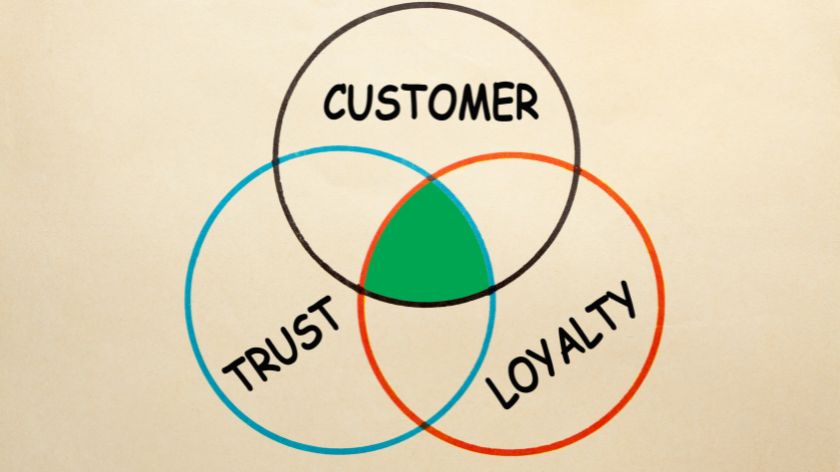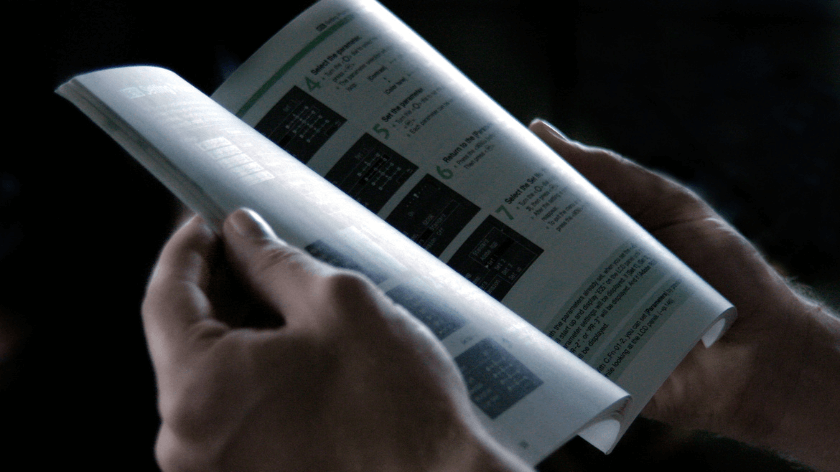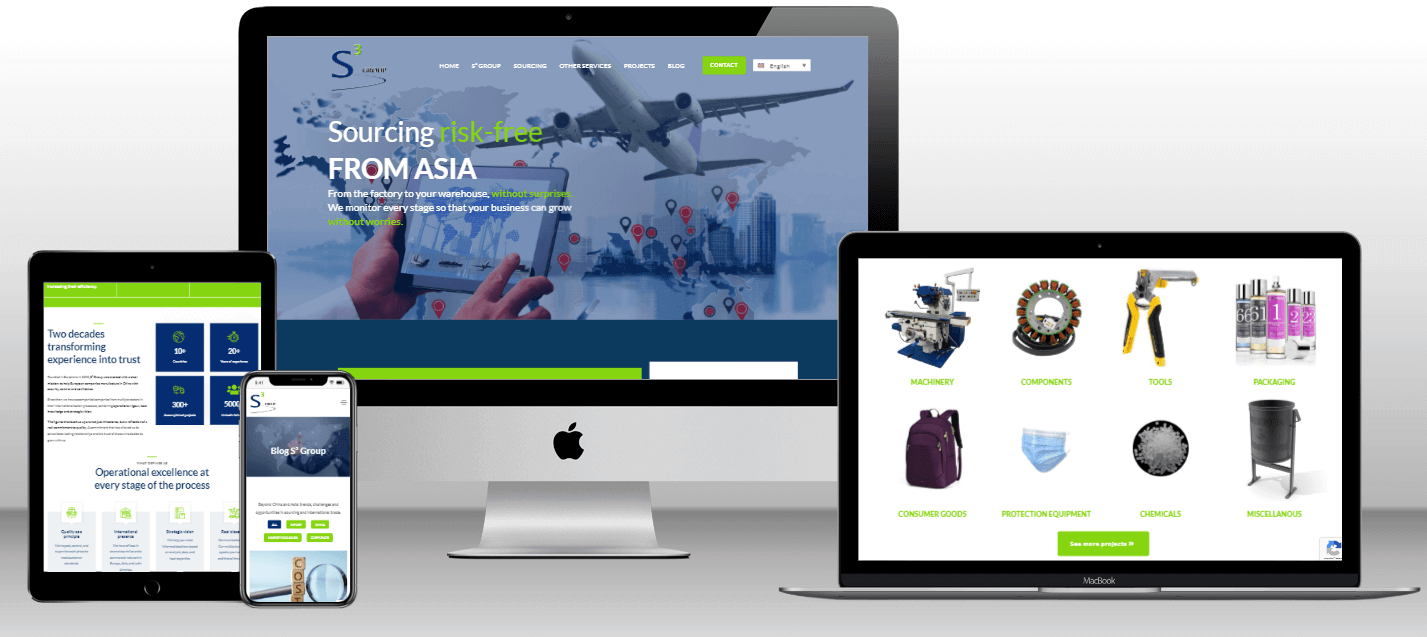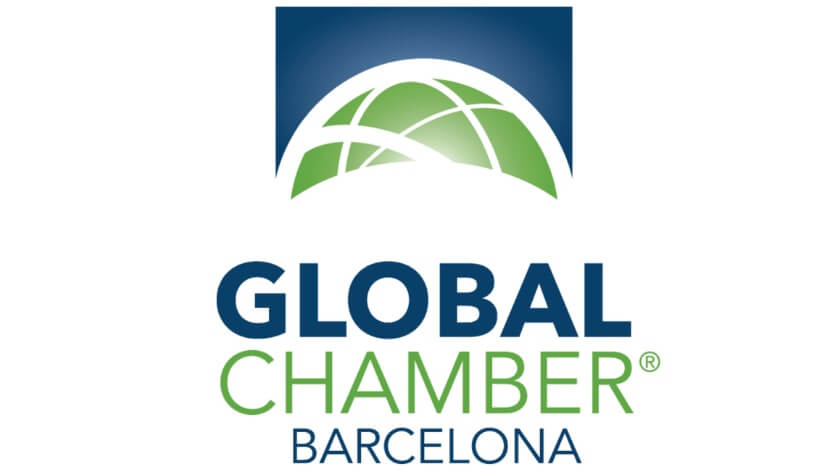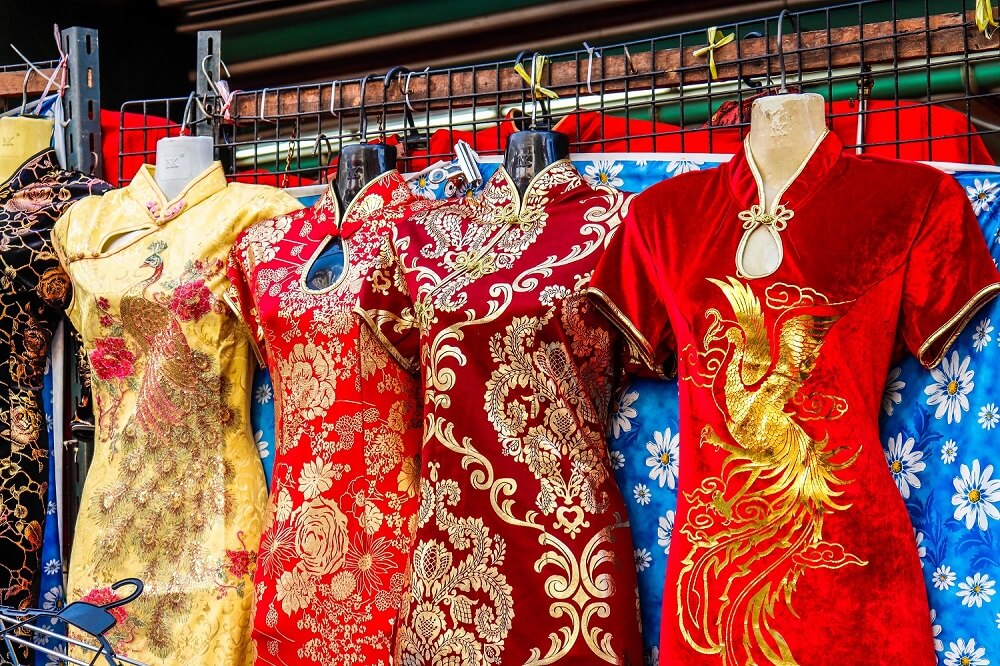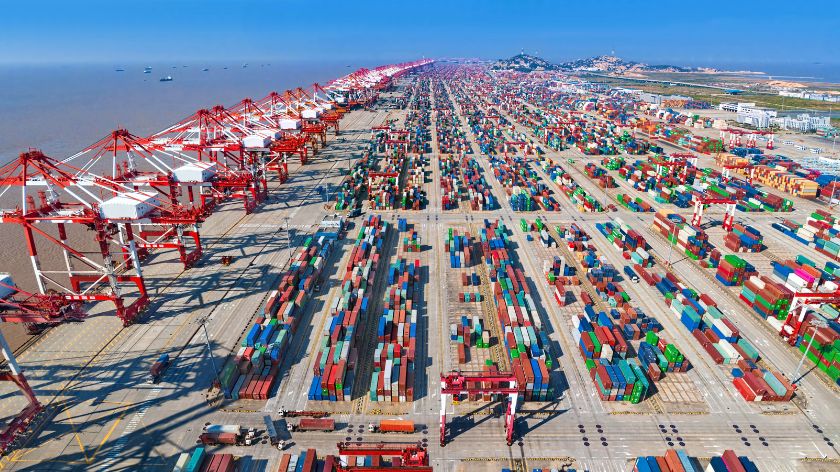When we talk about imports from China, it is common to find labels that say ‘Made in China’ or ‘Made in PRC’. Although both indicate that the product comes from the People's Republic of China, there are subtle differences that cause confusion among importers and international buyers. Understanding this distinction is essential for correctly interpreting the origin of products, complying with international regulations, and making safer decisions about your imports.
Made in China: The best-known label
The ‘Made in China’ label is the most widely used globally. Since the mid-20th century, it has identified products manufactured in China and, for decades, was associated with mass production and low prices. However, the perception of Chinese products has evolved. Today, sectors such as technology, fashion and consumer goods have shown that a product made in China can compete internationally in terms of quality and design. For importers, this label remains clear and recognised, and does not raise doubts about the country of origin in customs procedures or certifications.
Made in PRC: formality and regulatory compliance
‘Made in PRC’ literally means ‘Made in People's Republic of China’ and is mainly used for legal or regulatory reasons. Some countries require that the label indicate the official name of the state, and therefore importers choose this label to comply with regulations. In practice, a product marked as Made in PRC does not differ in quality from one with the traditional label, but it may be perceived as more formal or regulated. This label is also used on high-end or technological products, seeking to convey seriousness and confidence to the end consumer.
Implications for importing from China
From an international trade perspective, both labels serve the same purpose: they indicate the country of origin of the product. This is essential for customs procedures, the application of tariffs and compliance with regulations in the country of destination. The difference lies more in the formality of the designation than in production or quality. Importers must ensure that their products comply with local regulations, regardless of whether they use Made in China or Made in PRC, to avoid delays or legal problems at customs.
Consumer perception and marketing strategy
Although the difference between the two labels is mainly formal, consumer perception may vary. Made in China remains widely recognised and understood, while Made in PRC may generate curiosity or give the impression of greater formality. For companies importing from China, this choice may be part of their marketing strategy, especially if the product is aimed at markets that value formality or certification of origin. However, the most important factors remain the actual quality of the product, the certifications available, and the reliability of the supplier.
Conclusion
Ultimately, Made in China and Made in PRC mean the same thing: the product was manufactured in the People's Republic of China. The main difference lies in the formality of the designation and its use according to regulations or commercial strategies. For importers and consumers, knowing this distinction helps to contextualise the product, but does not imply differences in quality or safety. When importing from China, the essential thing is still to verify certifications, evaluate materials and choose reliable suppliers to ensure that each purchase meets the expected standards.







